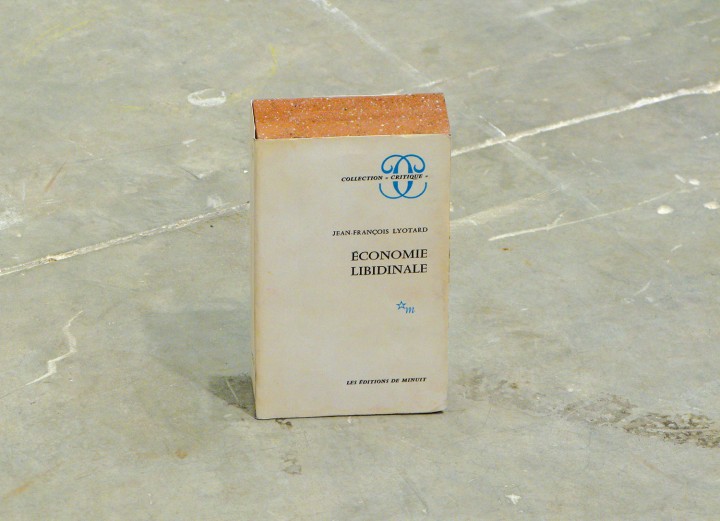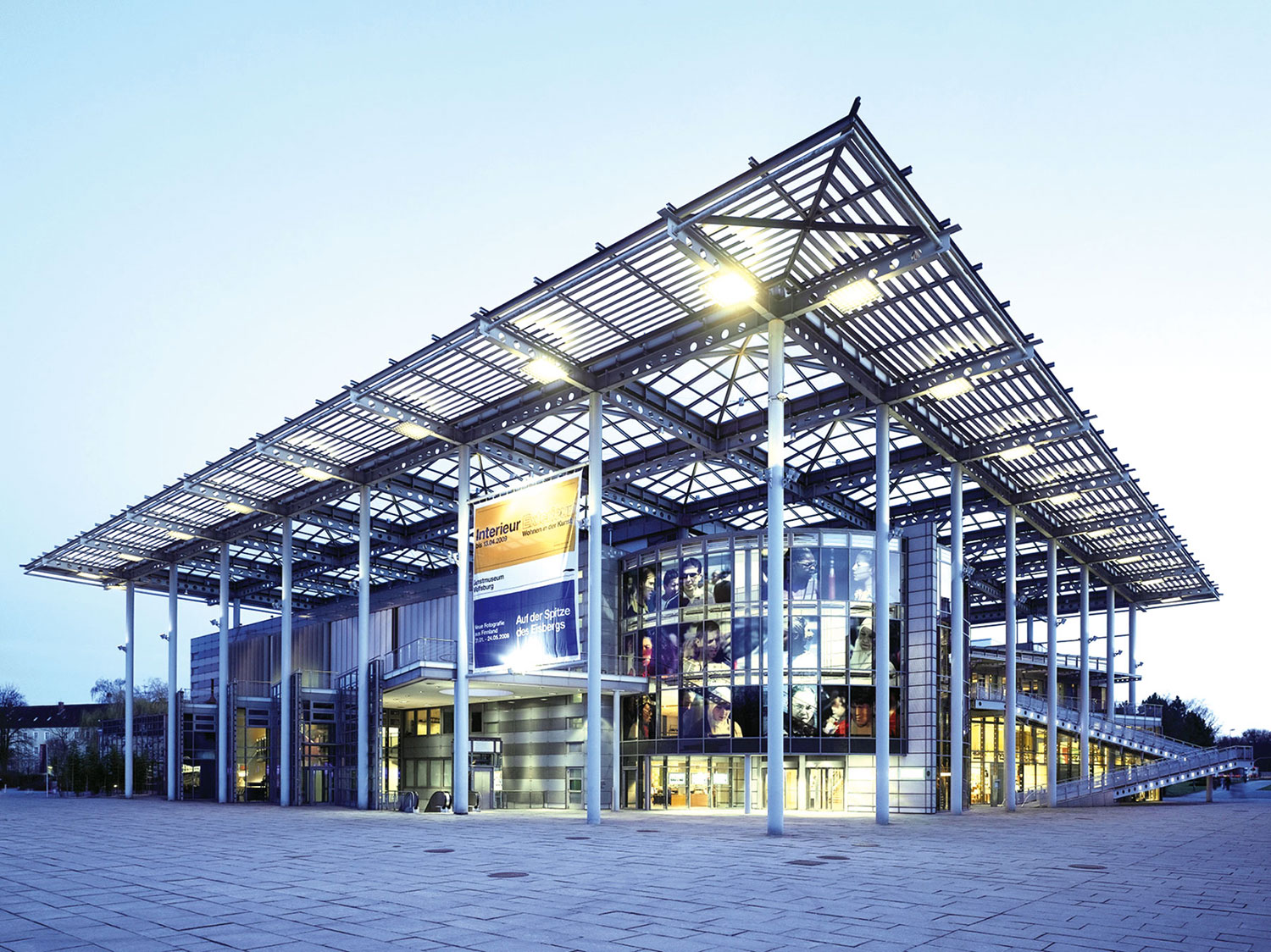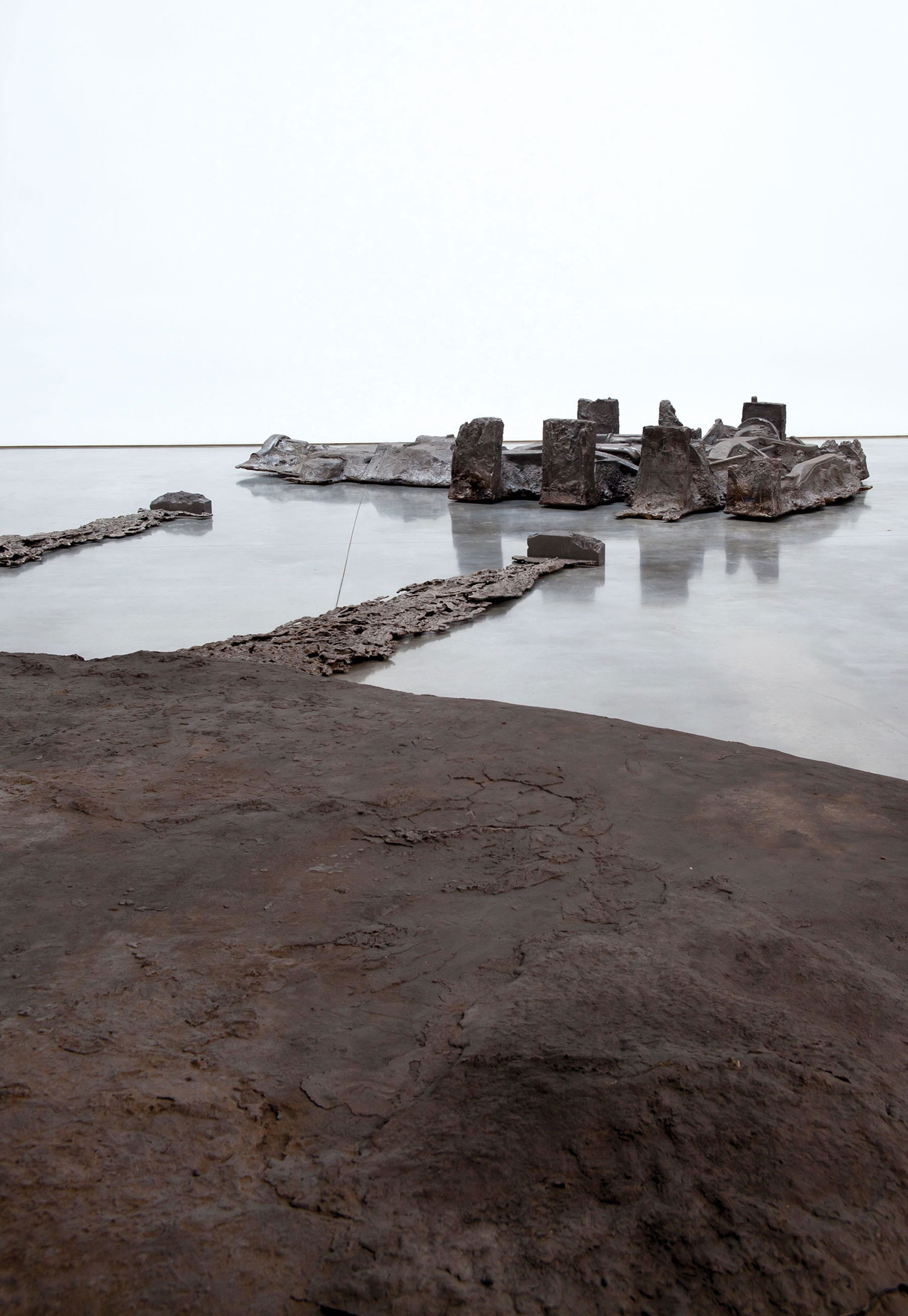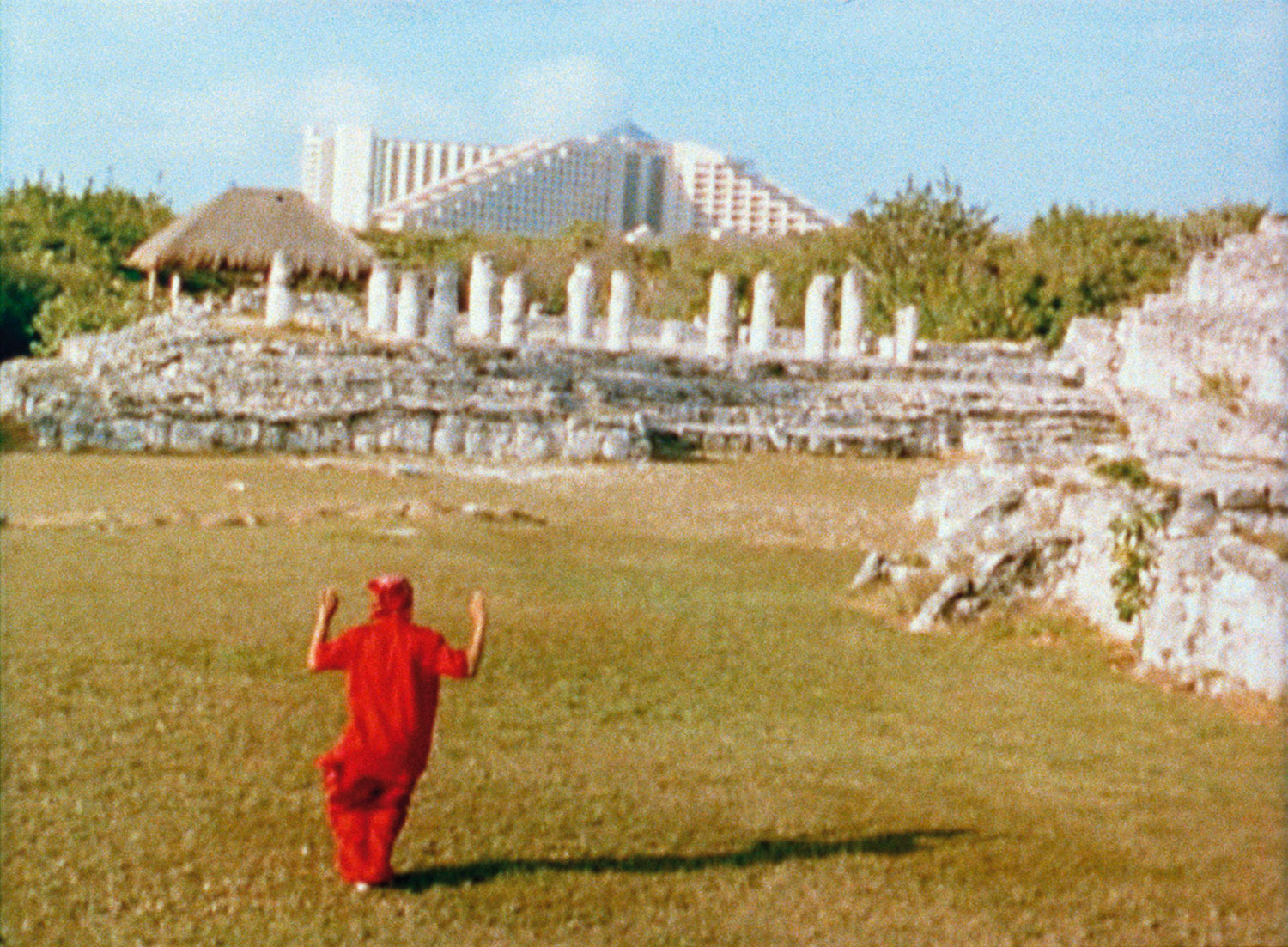
Pure draughtsmen are philosophers and dialecticians. Colorists are epic poets.
— Charles Baudelaire
In an interview published in March 2011 for the website of AnOther Magazine, fashion wunderkind Vincent Darré referred to his field in the following terms: “The intellectuals don’t understand a lot about it [fashion], because there isn’t a lot to understand.” When we read the work of some of the leading critics of our time, the parallel between fashion and art appears particularly vivid. This parallel is a fundamental part of the curatorial practices of such figures as Olivier Zahm in the ’90s and early 2000s, or, more recently, Klaus Biesenbach. Is there a lot to understand in contemporary art in the mind of leading thinkers such as, say, Giorgio Agamben, Alain Badiou, Umberto Eco, Marc Fumaroli, Bruno Latour, Claudio Magris, Peter Sloterdijk, George Steiner or Slavoj Žižek — thinkers that probably represent the best the academic and intellectual world can offer? Even a philosopher such as Bernard-Henri Lévy, much-loved by the press, does not necessarily have a great interest in contemporary art — as evidenced by the protests that arose when he participated in Francesco Vezzoli’s video Democrazy (2007). They could be summarized in a very simple sentence: “What the hell is he doing there?”
Thinkers seem to have conflicting opinions on two main issues, two philosophical problems: first of all, contemporary art as a system and as an industry. Then, the gap between art and artists: Duchamp notoriously said that artists matter, and not so much art. Today, some thinkers seem to believe that, as Hegel pointed out, “art is dead,” and as Dostoyevsky and Nietzsche said, “God is dead,” so art is but a leftover item from previous times. Such an idea provides a hint about the current issues of philosophy. We could even divide the field of philosophy into three main directions, to use categories from an essay by Adam Gopnik entitled “Notes sur deux vies” [Notes on Two Lives] published in the May 2010 issue of La règle du jeu: the “not-carers”, the “deniers”, and the “actually interested.” Obviously, some figures of the tradition are part of the first category, such as Claudio Magris, who wrote a book called La Mostra [The Exhibition] (2001) and never actually developed an interest in contemporary art.
The deniers are more interesting because there is actually something on which to focus, a proper denial, as with Marc Fumaroli’s six-hundred-page essay Paris – New York et retour (2009). Its author — a professor in 17th-century rhetoric at the Collège de France, the leading academic institution in Paris, who taught at the University of Chicago before being appointed at Columbia University — is renowned for his reference books on writers such as Jean de La Fontaine or François – René Chateaubriand, and about artists such as Nicolas Poussin. As a consequence, it is quite an event in itself that such a figure, a member of the Académie française and of the Accademia Nazionale dei Lincei in Rome, would decide to write a book about his personal experience of art, or, more generally, of “images.” Indeed, Marc Fumaroli seems to be fairly shocked by the ubiquity of images, from Paris to New York, and considers the production of our time not as actual art anymore, but as another form of the society of images. As he once said in an interview, “there are so many artists today, and no art anymore,” a statement that is in itself an impressive transformation of Duchamp’s statement. He sees a gap between today’s contemporary art and the artists he is interested in — mostly painters who are often left “out of the system.”

Umberto Eco was a protagonist of the Paris avant-garde in the ’60s, a close friend of Arman, for whose exhibition he wrote a catalogue essay last year. But now he does not seem to care at all; “if I were to write an essay for one of those artists, they would give me money, and I wouldn’t be happy,” he once said, “so I prefer not to get the money, and remain happy.” George Steiner, on the other hand, with his essays in Real Presences: Is There Anything in What We Say? (1989) and Grammars of Creation (2001), has actually focused on the process of both creating and experiencing art. He makes it very clear that Duchamp represents in his view the “artist-programmer of our century,” that is, the 20th century. He is the one who pronounced the death of art in its ancient form, the form in which there was the presence of religious sanctity in the work. It would emanate from the artist, in the same measure as the Word emanates from God. But he doesn’t consider the necessity of post-Duchampian art to be as intense as it once was. Once again: art and not artists.
Some thinkers declare themselves interested in contemporary art, but most of the time they focus on art more than artists. Peter Sloterdijk’s book Der ästhetische Imperativ [The Aesthetic Imperative] (2007), as its title makes clear, is a book about aesthetics and not necessarily about the individual experience of the process of art-making. Alain Badiou in Le Siècle [The Century] (2005) evokes the evolution of art at the end of the 20th century by defining contemporary art as being about the concept of the “act” instead of the “oeuvre.” He thus offers a key to understanding unmediated creative experiences as they are developed today, for instance in the form of performative aesthetics. But Badiou does not seem to have an ongoing dialogue with many artists, even if he does have a major influence on many of them.
More fascinating is that category of philosopher who is truly interested in both art and artist. Jacques Rancière, for instance, is the author of influential books and essays on art, and he has also developed conversations with certain artists. He follows their work with great attention. Indeed, he only agrees to write about artists whose work he knows deeply. The French philosophers Elie During, Christophe Kihm and Laurent Jeanpierre, through the idea of constructivism are working on a process of co-production between artists and thinkers. They are trying to produce hybrid objects that would be at the same time philosophy and art. Bruno Latour advocates for the project of an “Ecole des Arts Politiques.” If the word art appears to be the French equivalent of the Greek technè, and not the signifier of any post-Romantic concept, Latour has nonetheless been involved in collaborations with the architect Rem Koolhaas and the artist Olafur Eliasson.

Hegel famously noted: “The owl of Minerva spreads its wings only with the falling of the dusk.” The quote is particularly relevant in terms of the ongoing dialogue between artists and thinkers. Of course, there is a lack of interest from some of the thinkers who were raised in the classical aesthetics of continuity, and who are struck by what they see as a gap between ancient and contemporary art. According to them, contemporary art would be a system in which they are not interested, and artists that are involved in it would have nothing to do anymore with what Kader Attia once called “the philosopher’s stone of art.”
Artists have a tendency to discover philosophers when they are already well known, and then they become a major inspiration for them: Bruno Latour for Olafur Eliasson, George Steiner for the Otolith Group, Peter Sloterdijk for Jan Fabre and Adel Abdessemed. Thinkers sometimes have bourgeois taste, and sometimes they take time before actually discovering the work of individual artists. On the other hand, a philosopher like Alain Badiou, who does not speak with performance artists, has actually defined the importance of the act as early as 2000. And it has since then become a fundamental trend of the decade.
One should be reminded of the example of Baudelaire, who loved Constantin Guys and wrote a fascinating essay on Delacroix. He was also among the very first in France to praise Wagner’s genius, and he described the salons, where the art of his time was presented. Constantin Guys, Delacroix and Wagner: everything is in Baudelaire. The bourgeois taste, the late and brilliant understanding of an incredible talent, the discovery of a Gesamtkunstwerk artist that would shape the century to come, and even the sign of a social milieu. Today, some thinkers do understand art; some others, artists. Some are great philosophers but have a certain bourgeois taste in their understanding of contemporary art making. We need a new Baudelaire to unite all of it and be the Gesamtkunstwerk art thinker. A Baudelaire who will have ongoing conversations with artists, who will both inspire creation and foster true understanding of creation. This person is yet to arrive.





